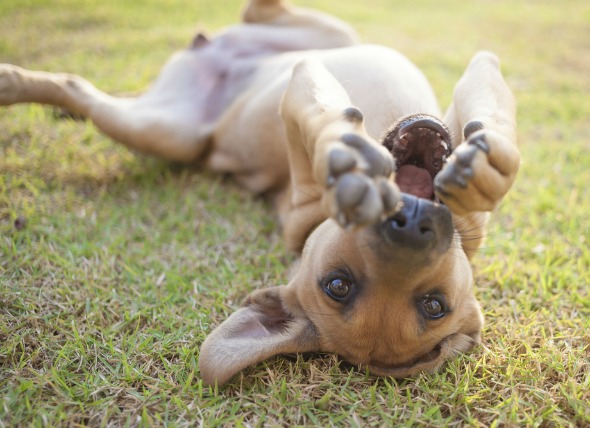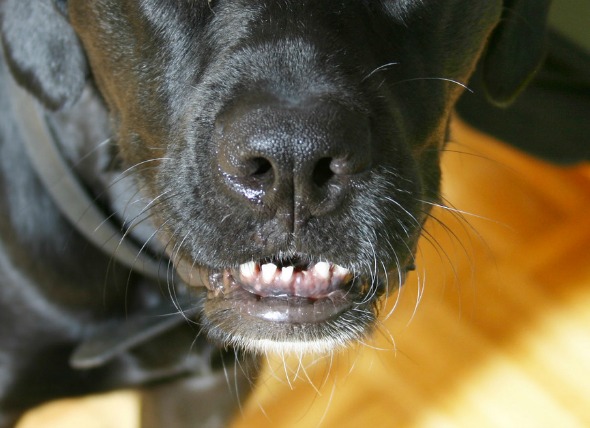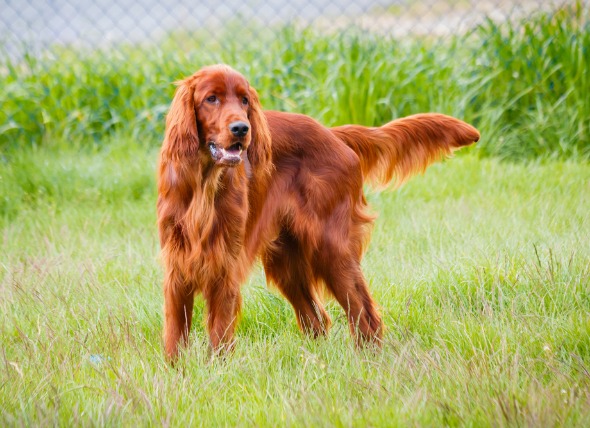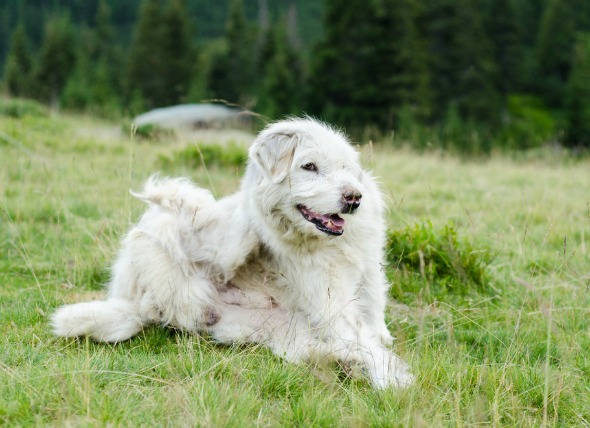

The term papillomatosis is used to describe a benign tumor on the surface of the skin. A virus, known as the papillomavirus, causes the growth. The general appearance is wart-like, raised, with the central surface having an open pore if the wart is inverted. In dogs, the warts are most commonly presented in a raised manner; however, inverted warts are not uncommon. The pigmented appearance normally presents as a rough surface that is flat in appearance and black in colour.
There are instances where the papillomatosis can progress, causing common forms of skin cancer. It is also possible for invasive cancerous cells to penetrate and begin eating the underlying tissues. They are usually located around the lips, mouth and tongue. In young dogs the wart virus may be present around the mouth, genitals or eyes. However, the skin can be affected at any age.
Papillomatosis can affect both dogs and cats. If you would like would like to learn more about how this disease affects cats, please visit this page in the PetMD health library.
Symptoms related to this disorder include bad breath associated with oral papillomatosis, bleeding from the mouth, increased or decreased appetite, and excessive excretion of saliva. Dogs will usually develop the papillomas, which are oval or circular in shape, around the lower abdomen.
Papillomatosis is contagious in nature and is caused by the canine oral papillomavirus. There are some cases where the wart virus is genetically related by breed.
Your veterinarian will take a biopsy of the lesions if the papillomavirus is oral in nature. When there is evidence that the papillomatosis has affected the skin, or there are visible changes to the skin and cellular structures, pathology tests will be required. Further tests associated with the immune system will establish whether viral antibodies are present within the lesions.
Oral lesions will generally disappear of their own accord. Surgery may be performed to remove any oral tumors; however, your dog will not be able to eat comfortably for a period of time after the surgery. Your veterinarian will advise you on what foods will be most appropriate for your pet during the recovery process. Use of medication may also aid in the removal of warts, but this treatment will be discontinued if the condition recurs.
To ensure that malignant changes do not occur in the tumor, your veterinarian will schedule follow-up visits to further monitor the lesions for alterations.
Due to the contagious nature of this disease, it is important to separate infected animals from those that are not infected with the papillomavirus. Oral vaccination can be administered as a preventative measure against this disease, and is routinely used in commercial kennels when outbreaks do occur.
 Intestinal Viral Infection (Rotavirus) in Dogs
Rotavirus Infections in Dogs
The double-stranded,
Intestinal Viral Infection (Rotavirus) in Dogs
Rotavirus Infections in Dogs
The double-stranded,
 Tooth Dislocation or Sudden Loss in Dogs
Tooth Luxation or Avulsion in Dogs
Tooth luxation
Tooth Dislocation or Sudden Loss in Dogs
Tooth Luxation or Avulsion in Dogs
Tooth luxation
 Thyroid Hormone Deficiency in Dogs
Hypothyroidism in Dogs
The thyroid gland is an es
Thyroid Hormone Deficiency in Dogs
Hypothyroidism in Dogs
The thyroid gland is an es
 Itchiness, Desire to Scratch, Chew or Lick Causing Inflamed Skin in Dogs
Pruritus in Dogs
Pruritus is the medical term use
Itchiness, Desire to Scratch, Chew or Lick Causing Inflamed Skin in Dogs
Pruritus in Dogs
Pruritus is the medical term use
 Stupor and Coma in Dogs
Marginal Consciousness and Complete Unconsciousness in D
Stupor and Coma in Dogs
Marginal Consciousness and Complete Unconsciousness in D
Copyright © 2005-2016 Pet Information All Rights Reserved
Contact us: www162date@outlook.com